10 Best Adventures of 1997
By:
October 3, 2020
Twenty-three years ago, the following 10 adventures from the Nineties (1994–2003) were first serialized or published in book form. They’re my favorite adventures published that year.
Please let me know if I’ve missed any adventures from this year that you particularly admire. Enjoy!
- Thomas Pynchon’s historical frontier adventure Mason & Dixon. In 1761, in an ill-fated effort to help determine the distance from the Earth to the Sun, Charles Mason, an English astronomer — and Enlightenment avatar, obsessed with categorical imperatives in science and philosophy — set out on a voyage to Sumatra. He is joined in this endeavor by English surveyor Jeremiah Dixon, a free-thinker and boisterous optimist delighted by cultural heterogeneity and outraged by inequities of power and social injustice. Two years later, accompanied by a large party of assistants, the two men embark upon an effort to accurately establish the south boundary line of Pennsylvania (separating it from Maryland and Virginia), as well as the American province’s lower three counties’ boundaries. Pynchon’s recounting of this true story, via an unreliable narrator speaking in an eighteenth-century idiom, is an epic accomplishment. Mason & Dixon are a Zelig-like comedy duo, stumbling upon the secret history of the 19th and 20th centuries, from the Civil War, UFOS, and New Age mysticism to, you know, the history of slavery and cultural domination. America’s vision of liberty and equality is torpedoed, from the beginning, by its Enlightenment-enabled theories of racial and cultural superiority; Mason and Dixon, as they explore and discuss their discoveries on the eve of the Revolutionary War, are emblematic of the fledgling nation’s permanently divided consciousness. Across nearly 80 episodes, they encounter Jesuit cabalists, Native Americans, George Washington and Ben Franklin, a French chef fleeing the amorous attentions of a mechanical duck, a Chinese fêng shui master, a Learned English Dog, and — in one of several examples of meta-textual japery — an ancestor of Pig Bodine, from Pynchon’s 1963 apophenic adventure V.. Depending on who’s listening at any particular moment, the story mutates from heroic tall tale to paranoid quackery to objective description… which is to say, it’s an example of self-aware historicizing. Fun facts: Twenty years in the writing, Mason & Dixon was hailed by readers as the author’s most brilliant and entertaining novel since Gravity’s Rainbow (1973); some critics, including Harold Bloom, have described it as Pynchon’s masterpiece.
- J.K. Rowling’s Harry Potter fantasy adventure Harry Potter and the Philosopher’s Stone (US title, 1998: Harry Potter and the Sorcerer’s Stone. If asked to recommend a great novel about an adolescent wizard-in-training, I’d suggest the works of Susan Cooper, Ursula K. Le Guin, Diane Duane, and Monica Furlong, not to mention the fantasy novels of E. Nesbit, P.L. Travers, T.H. White, Edward Eager, C.S. Lewis, and Diana Wynne Jones. I don’t find Rowling’s writing as compelling as these earlier authors’… but that said, the first installment in her wildly popular series is enjoyable. On his 11th birthday Harry Potter, an orphan mistreated by his Spiker- and Sponge-like aunt and uncle, receives a letter of acceptance into Hogwarts School of Witchcraft and Wizardry. (His parents, he learns, were killed by a magus so evil and powerful that — even though he is supposedly gone — most wizards and witches fear to speak his name aloud.) Hogwarts is an old-fashioned English boarding school, whose houses — Gryffindor, Slytherin, Hufflepuff and Ravenclaw — compete throughout the year for glory. Harry is befriended by the hapless Ronald Weasley and the brilliant but aggravating Hermione Granger; and he makes an enemy of the snobbish Draco Malfoy. Harry takes classes from colorful instructors, including the sardonic Snape, who seems to hate the new boy at first sight; he joins the Quidditch team; and he is mentored by Dumbledore, the headmaster, and the half-giant Hagrid. But there’s a dark mystery afoot: What is huge three-headed dog guarding in the forbidden corridor? And are rumors about the return of the dark magus true? Fun facts: Rowling’s first novel remained at the top of the New York Times list of best-selling fiction — for children and adults, combined — for much of 1999 and 2000. It was followed by six much-anticipated sequels. The Warner Brothers series of movie adaptations — starring Daniel Radcliffe, Rupert Grint, and Emma Watson — is the third-highest grossing series ever, after Star Wars and the Marvel movies.
- Gail Carson Levine’s fantasy adventure Ella Enchanted. In this girl-power retelling of the Cinderella folk tale, the titular Ella is enchanted at birth with the inability to disobey a direct order. As she grows up, the saucy Ella struggles to achieve autonomy; after losing her mother, and being bullied by her loathsome stepmother and stepsisters, she hits the road in search of the fairy whose curse she can no longer bear. The fantasy kingdom of Frell is well-realized, particularly when it comes to language; Levine uses complex words, and Ella herself becomes something of a master linguist when it comes to Elvish, Gnomish, and Ogre languages. The romantic element is also a welcome change; Prince Char is Ella’s friend, first and foremost, and she has no interest in turning to him for rescuing. There’s a ball, a pumpkin coach, and a glass slipper; also a gnome-crafted necklace and a magic book something which functions more or less like the propaedeutic enchiridion in Neal Stephenson’s The Diamond Age. At the end of this fractured fairy tale, in a nod to Little Women, Ella must choose between marrying her sweetheart and breaking the enchantment herself — through an exercise of sheer willpower. Fun facts: Winner of the Newbery Honor. The 2004 movie version starring Anne Hathaway and Hugh Dancy was successful, though fans of the book consider it one of the worst adaptations of all time.
- Molly Gloss’s sci-fi adventure The Dazzle of the Day. A slow-moving generation-ship adventure, about an international community of Quakers — Costa Rican, Japanese, and Scandinavian — which abandons the dying Earth and heads towards two possible planets. The story is bracketed by the reminiscences of two older women, the first of whom recalls how the Quakers came to inhabit the ship (only an intentional community can make it work), the second of whom looks back on the initial period of colonizing the group’s new home. In between, we read about the struggles of the voyagers to keep their ship’s machinery and agriculture going, their initial exploration of a not-very-hospitable planet, and their anxieties about whether or not they should actually leave the ship once they arrive. After all, several generations have lived and died within the ship’s embrace; they’re terrified by the prospect of phenomena like weather, wild animals, and a horizon. It’s a Le Guin-like yarn — concerned with thoughtful discussion, the warp and weft of human relations, and the mindful tending of one’s natural environment rather than with explosions, battles, bug-eyed monsters, or high-tech gadgets. It gave me hope for humankind’s future. Fun facts: The title comes from one of Walt Whitman’s poems in Leaves of Grass, a Quaker-ish quatrain about how it is silence that perfects the symphony. “This miraculous fusion of meticulous ‘hard’ science fiction with unsparing realism and keen psychology,” writes Le Guin in her blurb for the book, “created a vast, bleak, beautiful vision of the human figure — a triumph of the imagination.”
- Warren Ellis and Darick Robertson’s cyberpunk comic Transmetropolitan (1997–2002). At some point in the 23rd century, Spider Jerusalem — a Hunter S. Thompson-esque gonzo journalist — returns from his mountaintop refuge to The City, in search of stories to report. Accompanied by sidekicks Yelena Rossini and Channon Yarrow, Spider gets the scoop. For example: The Transients, who’ve modified their genes with alien DNA, and who as a result have been forced to live in a squalid shanty town, are getting ready to secede; their leader, however, turns out to be a police-paid agent provocateur! In the series’ second year, Ellis proves truly prescient when he introduces us to Gary “The Smiler” Callahan, a politician whose base is a far-right hate group… and whom the people vote into office, despite the fact that he’s not merely corrupt but evil. Callahan uses the power of his office to suppress Spider’s journalism — and even goes so far as to arrange for the City to be left defenseless when a Katrina-like “ruinstorm” threatens to kill thousands, in order to destroy Spider’s evidence and as an excuse to declare martial law. When Spider contracts an Alzheimer’s-like disease, will he be able to expose Callahan’s perfidy before he’s completely debilitated? Fun facts: Originally published under DC Comics’s sci-fi Helix imprint, then switched to the Vertigo imprint (under the stewardship of Karen Berger), where it remained one of DC’s most successful nonsuperhero comics.
- Natsuo Kirino’s crime adventure アウト (pub. in English, in 2004, as Out). When Kenji, a suburban office worker, falls in love with a nightclub hostess and squanders his family’s savings on her, his abused and fed-up wife Yayoi strangles him. Seeking to cover up the murder, Yayoi reaches out to Masako, a fellow worker on the night shift at a Tokyo bento-box factory; Masako recruits their shift leader, Yoshie, an older woman who agrees to help out for a price. When the unreliable Kuniko, another night-shift worker, deals herself into the scheme, Masako’s careful plan begins to fall apart. The women aren’t friends, exactly, but what they have in common are unloving husbands, difficult children, and unsatisfying lives and careers in a male-dominated society. Although the amateur criminals dismember and dispose of Kenji’s corpse, police detectives begin to sniff around; so do yakuza. Soon, the four women are drawn into Tokyo’s underworld… and they turn on one another, too. Masako, the best-educated and shrewdest of the group, emerges as a heroine determined to leverage any opportunity to escape her dead-end life. Writing for HILOBROW, Gordon Dahlquist described Out as a “taut and unforgiving thriller that unfolds as darkly as anything from Jim Thompson, if Jim Thompson was a cold-eyed feminist.” Fun facts: Winner of the Mystery Writers of Japan Award for Best Novel. A 2002 Japanese film adaptation, directed by Hirayama Hideyuki, was a flop. However, Nakata Hideo (Ring, Ring 2) is reportedly developing an American adaptation.
- Lee Child’s Jack Reacher crime adventure The Killing Floor. When Jack Reacher steps off a bus in the town of Margrave, Georgia — he’s spent his entire adult life in the military, where he’s gained expertise in commando tactics and routine law enforcement procedures; now, he’s an aimless drifter, just seeing the sights — he’s arrested for murder. Think In the Heat of the Night, if Virgil Tibbs was an Eighties action hero-esque white man. One also catches a strong whiff of Peter Cheyney’s Lemmy Caution — a bad-ass avenger who shows up, miraculously, when the authorities are too corrupt or incompetent to serve justice upon the wicked. (Like Cheyney, Child is a British writer expertly faking an American pulp idiom.) The town’s sherriff, Morrison, claims he saw Reacher leave the scene of the crime; but Roscoe, a female detective, believes him to be innocent. The action is fast and furious: Reacher battles an Aryan Brotherhood murder attempt; he ambushes members of a counterfeiting ring; he battles a corrupt FBI agent; he hooks up with Roscoe. There are explosions. Neither well-written nor original, but nevertheless thrilling, Child’s first Reacher story would serve as a template for a best-selling franchise. Fun facts: There are 24 Jack Reacher novels, thus far; three of them — The Enemy (2004), Night School (2016), and The Affair (2011) — are prequels to The Killing Floor. The 2012 Christopher McQuarrie adaptation of Child’s One Shot (2005), starring Tom Cruise, is a guilty pleasure for me.
- John Wagner and Vince Locke’s graphic-novel thriller A History of Violence. When two thugs attempt to rob his cafe — in a small Michigan town — Tom McKenna stops them with surprising facility. The story goes national, and soon three New York mafiosi show up. One of them, John Torrino, an aging hitman, insists that McKenna is a former mobster names Joey — who’d taken it on the lam 20 years earlier. Tom’s wife, Edie, and the local sheriff attempt to drive the men off — but when they take Buzz, Tom and Edie’s son, hostage, the truth is revealed. Mild-mannered Tom has a history of violence! In fact, in order to acquire the money that his grandmother needed for heart surgery, he and a friend had killed a New York crime boss, along with several associates, and stolen a large sum of money. He’s lived under an assumed identity ever since. Even once Tom and Edie rescue Buzz, the story isn’t over. It seems that Tom’s old friend has been a prisoner of the dead mobster’s sadistic son, for all these years. Can he rescue him? And if he returns to a life of violence, will he lose his family? Vince Locke, whose ultra-violent watercolors have been used as album covers by a death metal band, provides cinematic, gruesome, yet sketchy and cross-hatched — storyboard-like — artwork. Fun facts: Originally published in 1997 by Paradox Press and later by Vertigo Comics, both imprints of DC Comics. Wagner, though born in the US, grew up in England. In 1977, with artist Carlos Ezquerra, he developed the character Judge Dredd for 2000 AD. (Warren Ellis, Alan Moore, and others were inspired by Wagner’s work.) David Cronenberg’s excellent adaptation of A History of Violence, starring Viggo Mortensen, Maria Bello, Ed Harris, and William Hurt, appeared in 2005.
- Jonathan Lethem‘s sci-fi adventure As She Climbed Across the Table. Philip, an anthropologist at a northern California university, finds himself growing jealous of a wormhole created in a particle collider. His girlfriend, particle physicist Alice Coombs, seems to have developed a personal, emotional relationship with Lack — which is what she and her colleagues have named the enigmatic portal leading to a new, uninhabited universe. Why has the wormhole remained open, and why will it only accept particular objects — Alice’s keys, or a pomegranate, or the campus cat, say, but not a paperclip — offered to it? If his earlier novels were mashups of sci-fi with westerns and film noir, Lethem — like Alice, an experimentalist — here tries his hand at the campus novel, not to mention the rom-com. It’s guaranteed to entertain fans of postmodern campus novels like Barth’s The End of the Road and DeLillo’s White Noise. A visiting Italian physicist, Braxia, proposes a shocking hypothesis… which Philip, our narrator, whose own study of “departmental politics and territorial squabbles, the places where disciplines overlapped, fed back and interfered” makes him an ideal observer, decides to test. Offering himself up as a kind of human sacrifice to Lack, Philip wakes up in an alternate version of his (our) own universe. What has he proven, exactly? And how will he return? Fun facts: Is it possible to create a universe in the laboratory by quantum tunneling? In the early 1990s, physicists Edward Farhi and Alan Guth explored the possibility that quantum effects might permit a new universe — created by producing “a small bubble of false vacuum” — to tunnel into a larger bubble, of the same mass, which would then evolve to become a new universe.
- Connie Willis’s Time Travel sci-fi adventure To Say Nothing of the Dog. Willis’s first Oxford Time Travel adventure, the Hugo- and Nebula-awarded Doomsday Book (1992), was a kind of voyage into the Domesday Book of 1086. The sequel takes temporal historian Ned Henry, employee of Oxford’s Temporal Physics department (c. 2057), to 1888 — into the world of Three Men in a Boat (To Say Nothing of the Dog), Jerome K. Jerome’s 1889 whimsical, semi-autobiographical account of a two-week boating holiday along the Thames from Kingston upon Thames to Oxford and back again. Ned will take his own ill-fated voyage on the Thames, in the company of two companions and a dog; along the way, they will encounter the Three Men in a Boat characters. This charming mise en scène is the setting for a mystery: What time traveler has violated “the laws of the continuum” by bringing an object back from 1888 to 2057? (Such violations can cause time itself to unravel.) And what does this have to do with Ned’s primary assignment: to ascertain what became of “the bishop’s bird stump” when Coventry Cathedral was bombed by the Germans during World War II? Our protagonist’s unfamiliarity with the 19th century, as well as the “time lag” from which he suffers, make things even more complicated than they otherwise might have been. Ned’s colleague, Verity Kindle, attempts to help him fix the time travel incongruity…. Too late? Fun facts: To Say Nothing of the Dog was followed by the two-part Time Travel series installment Blackout/All Clear (2010). All four of her Time Travel books were awarded a Hugo; Blackout/All Clear was also awarded a Nebula. In fact, Willis has won more major science fiction awards than any other writer.
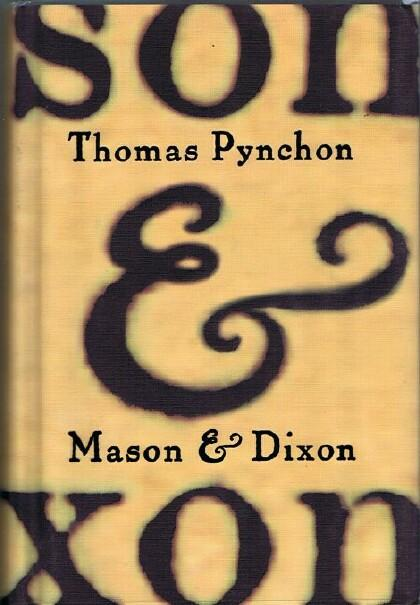
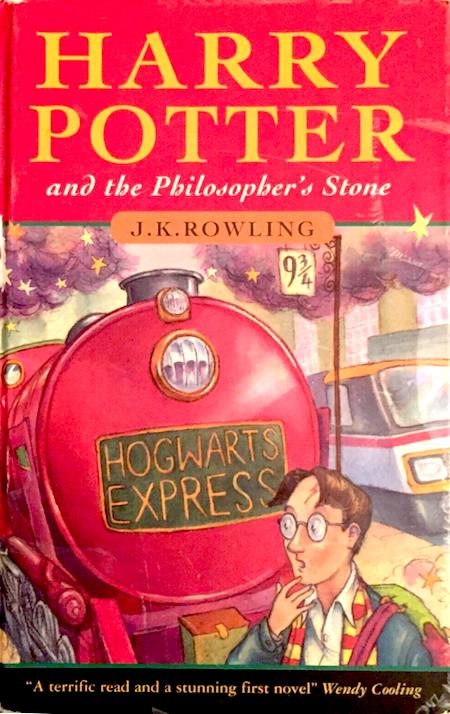
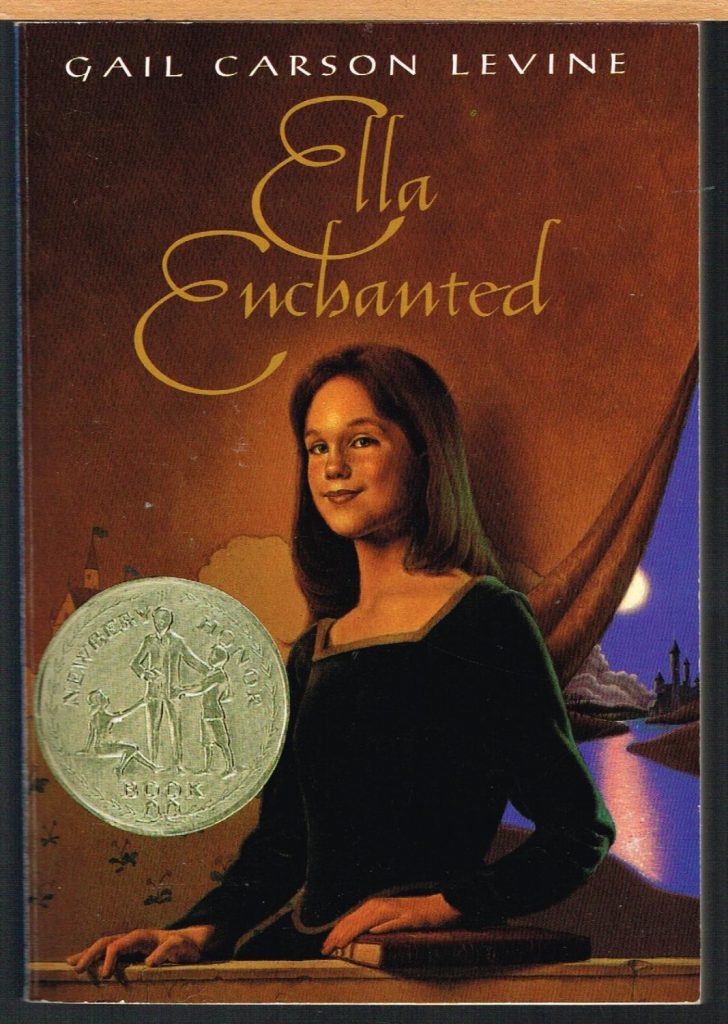
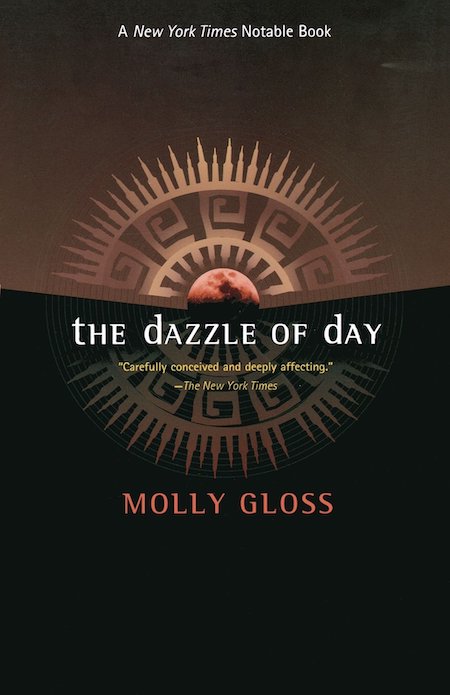
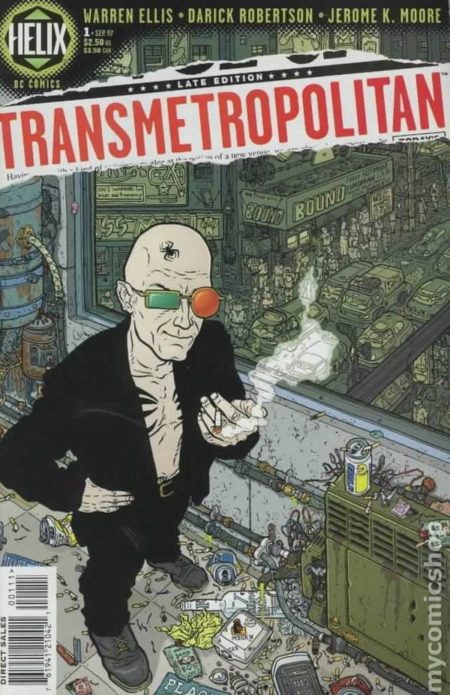
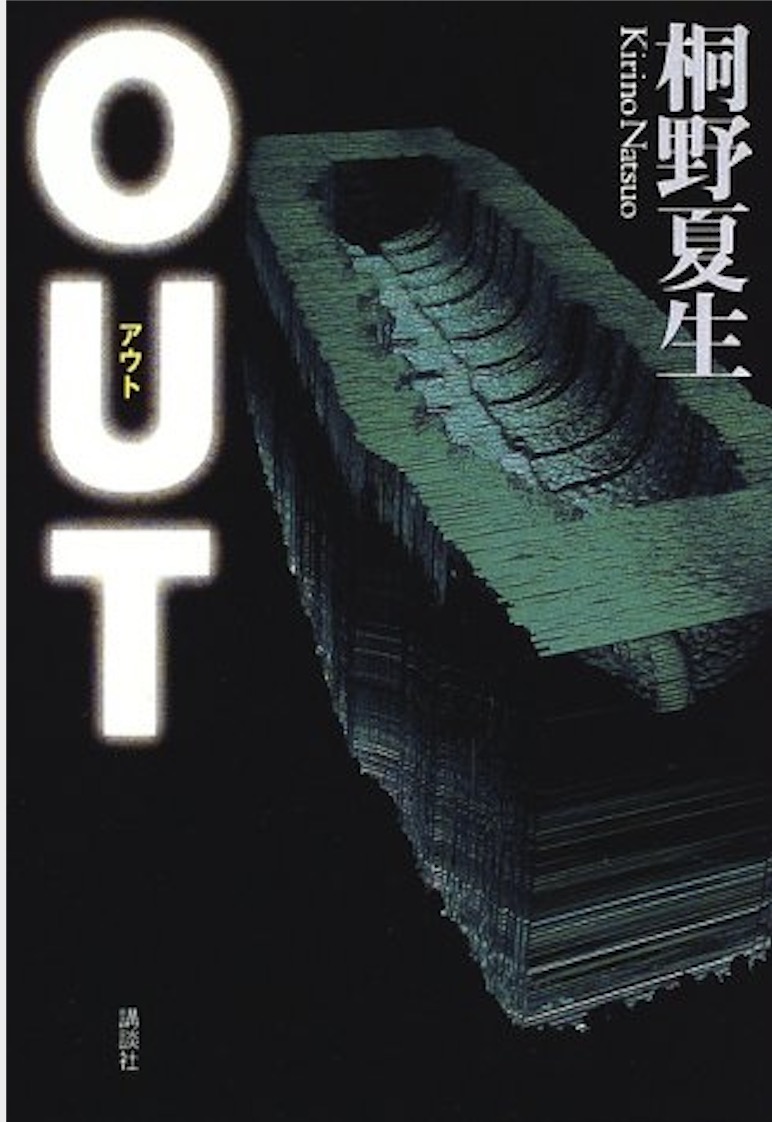
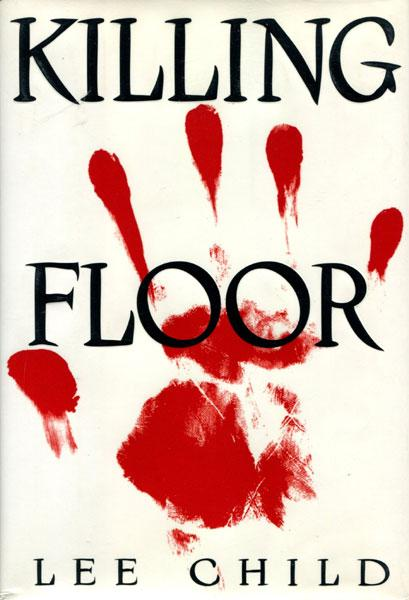
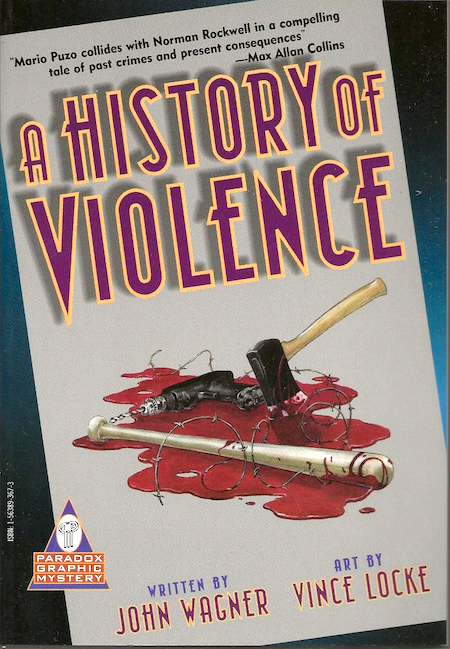
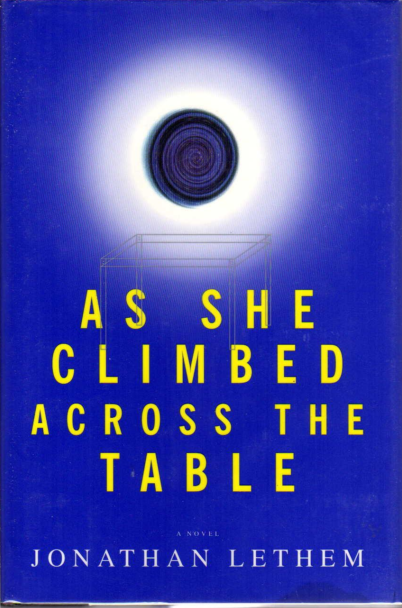
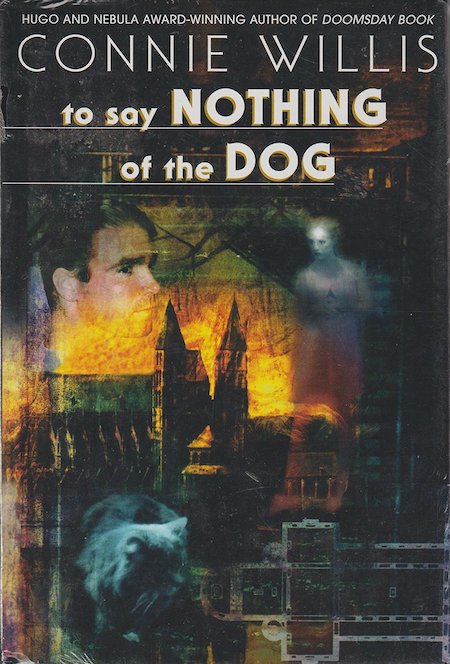
JOSH GLENN’S *BEST ADVENTURES* LISTS: BEST 250 ADVENTURES OF THE 20TH CENTURY | 100 BEST OUGHTS ADVENTURES | 100 BEST RADIUM AGE (PROTO-)SCI-FI ADVENTURES | 100 BEST TEENS ADVENTURES | 100 BEST TWENTIES ADVENTURES | 100 BEST THIRTIES ADVENTURES | 75 BEST GOLDEN AGE SCI-FI ADVENTURES | 100 BEST FORTIES ADVENTURES | 100 BEST FIFTIES ADVENTURES | 100 BEST SIXTIES ADVENTURES | 75 BEST NEW WAVE SCI FI ADVENTURES | 100 BEST SEVENTIES ADVENTURES | 100 BEST EIGHTIES ADVENTURES | 75 BEST DIAMOND AGE SCI-FI ADVENTURES | 100 BEST NINETIES ADVENTURES | 75 BEST HADRON AGE SCI-FI ADVENTURES | NOTES ON 21st-CENTURY ADVENTURES.
